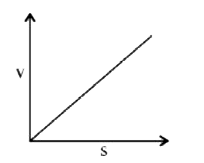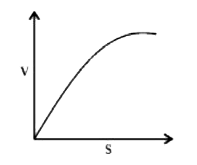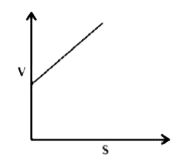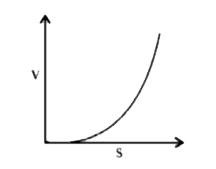Text Solution
Verified by Experts
|
Topper's Solved these Questions
VECTORS
GRB PUBLICATION|Exercise PROBLEMS FOR PARCTICE|23 VideosView PlaylistVECTORS
GRB PUBLICATION|Exercise OBJECTIVE QUESTIONS|120 VideosView PlaylistUNITS AND DIMENSIONS
GRB PUBLICATION|Exercise Link Compression|6 VideosView Playlist
Similar Questions
Explore conceptually related problems
Knowledge Check
A
B
C
D
Submit
A
B
C
D
Submit
A
B
C
D
Submit
Similar Questions
Explore conceptually related problems
GRB PUBLICATION-VECTORS-PASSAGE -3
- A particle of mass 3 kg moves under a froce of [4 hati + 8 hatj+ ...
03:01
|
Playing Now - Five vectors vecA, vecB, vecC,vecD and vecE have magnitude 10, 12 sqr...
Text Solution
|
Play - Five vectors vecA, vecB, vecC,vecD and vecE have magnitude 10, 12 sqr...
Text Solution
|
Play - Five vectors vecA, vecB, vecC,vecD and vecE have magnitude 10, 12 sqr...
Text Solution
|
Play



